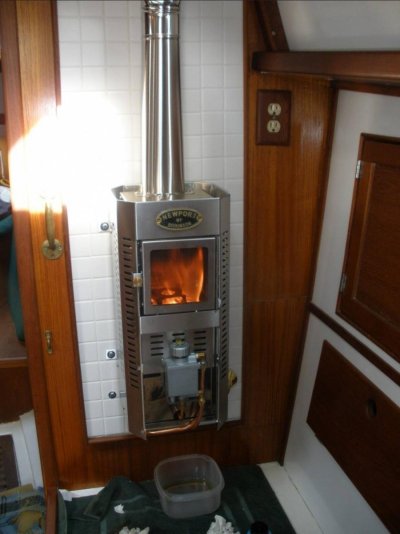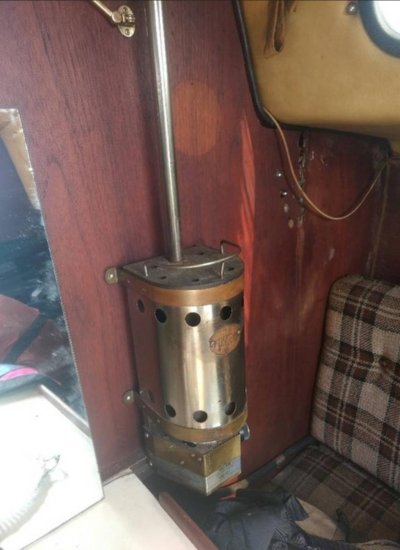Original Q:"when you are on the hook or a mooring away from shore power?"
This is where you need to minimize consumption of DC power.
Espar and Webasto (I have had both) use considerable DC power for the start cycle and for fans in their forced air units. Far more than you would tolerate without being plugged in. Both brands offer hydronic units, but no less DC consumption.
Propane offers only small units, such as the Force Ten shown above, with safety issues that need to be properly addressed.
Dickinson offers a bulkhead heater that burns driftwood or pellets, no DC required. It does require tending, so wouldn't be good for times you are away from the boat.
Dickinson also offers good small space heaters, bulkhead or floor mount, or cooking stoves in several sizes. These all operate on the same carburetor, requiring a small DC fan only for startup or high heat use.
Solar controlled fans can be used effectively, but fail when the sun is not available.


